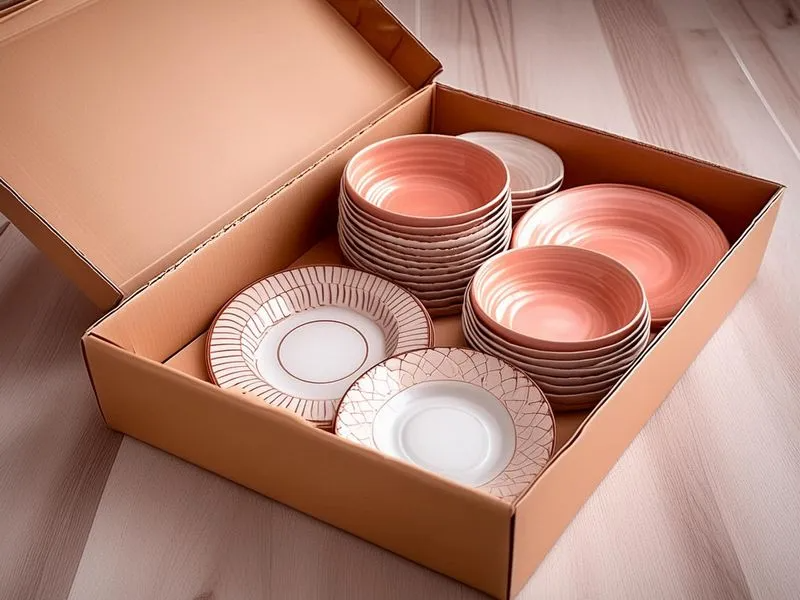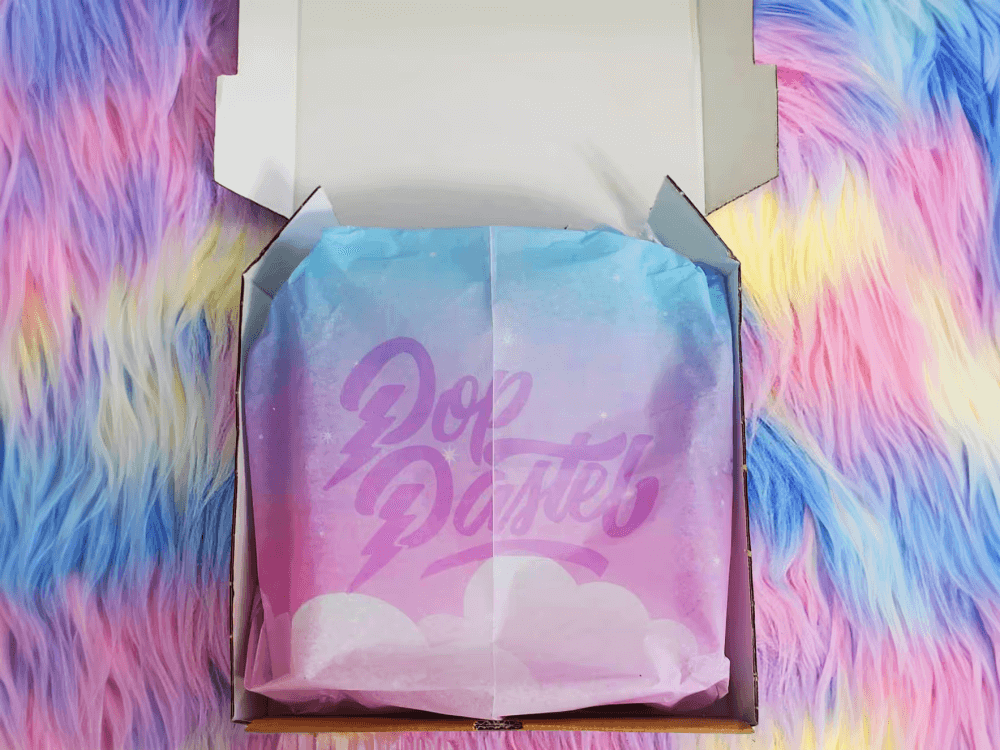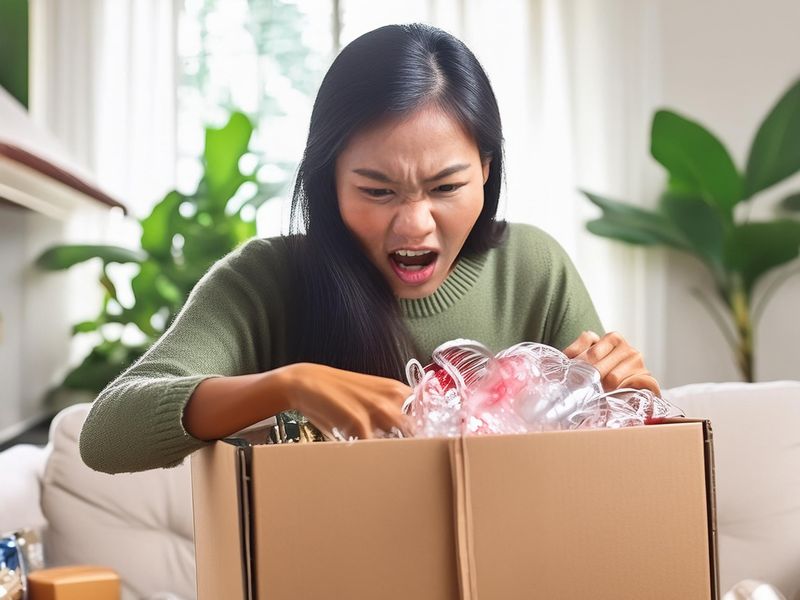Shipping fragile items safely has never been more important.
With the constant growth of e-commerce in today's markets, safely shipping fragile items has never been more important. We’ve all heard the horror stories of packaged items getting damaged or even ruined during their shipping journey. Whether it be negligence from the delivery person or simply the tumultuous conditions during the lengthy travel time, damaged packages cause unnecessary problems for both business owners and their customers.
In this article, we will dive into the steps and precautionary measures needed to safely package your boxes and its contents, ensuring minimal damage to your products for smart and secure shipping.
Factors to Consider
There are several aspects of the shipping process you have to consider when packaging your products.
Here are a few questions to ask yourself:
- Are you shipping delicate items known to be easily breakable and susceptible to damage?
- What are your safety measures when it comes to protecting your items from the inside?
- Do you want empty space in the box in order to leave room for void fill and other protective packaging?
- How thick is the packaging material used to ship your items? Do you need any additional outer packaging?
- What precautions do you take when deciding the size of your package?
- Are you factoring in your budget and potential costs during this process?
- How long of a journey does your package take before it reaches the customer?
- Are you labeling your package as fragile before shipping it out?
It is important to take a holistic approach at the entire process before ordering your packaging and sending out products. Answering these types of questions will guide you towards picking the right material and size for your packaging as well as deciding on other protective material to keep your products safe no matter the shipping distance or freight.
Choosing Packaging Materials
It’s imperative to choose the best packaging materials, or void fill, for your most delicate items. Tissue paper, packing peanuts, bubble wrap, crinkle paper, and air cushions are all options to include in your shipment.
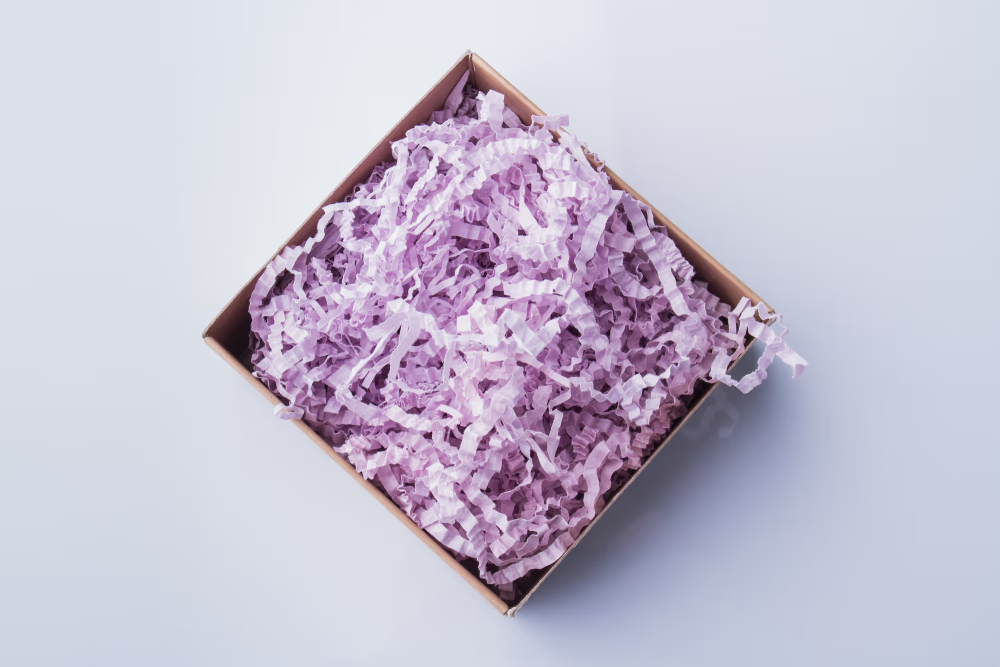

Not all materials are adequate to protect fragile items. For example, packing peanuts probably wouldn’t be the best option when packing glass items. You’ll want to wrap glass in bubble wrap and then either add an extra protective layer with packing peanuts or air cushions. For those who are environmentally friendly, crumpled up newspaper is a viable alternative to packing peanuts, and it can be recycled after use.
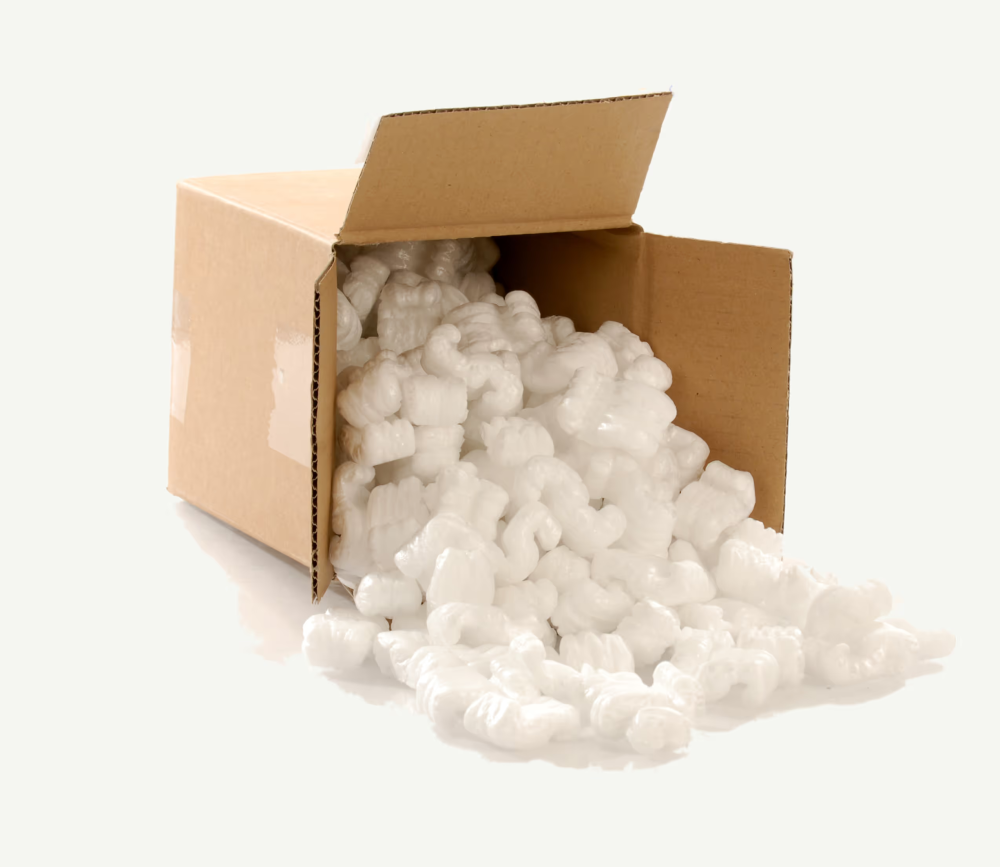

Shipping companies such as the United States Postal Service (USPS) and UPS offer a variety of void fill to choose from to safely protect your fragile items during shipping.
Box Styles and Flute Sizes
Understanding fluting is important when deciding what type of box you want to use to ship fragile items. Flute size refers to the thickness of the corrugated material that makes up your box and the actual fluting can be seen as the wavy grooves on the edges of your box.
Mailer Boxes, also known as Roll End Front Tuck with Dust Flaps, usually consist of E-Flute (1/16th inch thick) while Shipping Boxes, also known as Regular Slotted Cartons, are commonly B- Flute (1/8th inch thick). These styles are considered the most popular box structures when it comes to shipping items.
Advantages of a Custom Mailer Box
- Very easy to assemble
- Easily secured with a single sticker, label, or small amount of tape
- Highest quality print
- Provides best unboxing experience for the customer
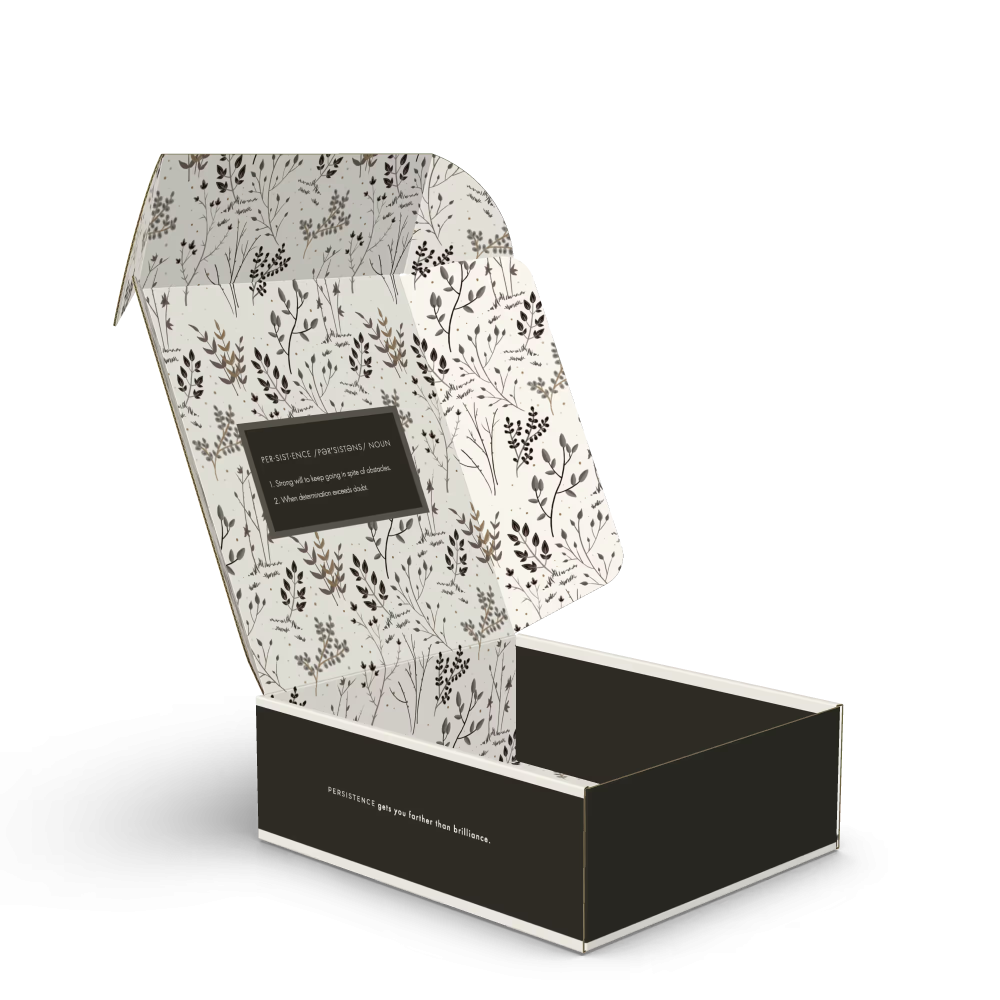

Advantages of a Custom Shipping Box
- More durable due to thicker flute size
- Optimal for fragile items
- Optimal for large and heavy items


Both box styles are suitable for shipping fragile items when the right precautionary measures are taken. However, the extra cushion of corrugated fluting makes the Shipping Box our primary recommendation when shipping the most fragile of items. Feel free to ask our customer service about what different types of flute and sizes would work best for your products
Sizing: Picking the Right Dimensions for your Package
Box Size is another crucial element in packaging. You’ll want to measure your product(s) height, width, and length, and choose a corresponding box size. For more delicate items, boxes that are neither too big nor too snug are the best option.
Bigger boxes are more costly and will require more protective material on the inside to hold your products together. Boxes that are too small may restrict adequate room for protective material. An exception to this rule is if you use a corrugated insert to tightly hold your item(s) together inside the box to prevent damage during shipping.
Allowing a minimal amount of extra room for void fill is the best way to go for shipping fragile items. It may take some trial and error to find out exactly how much extra room, but it will be well worth it once you figure out exactly what works best so you’ll feel comfortable shipping your valuable items.
Budgeting for Safe Shipping
Budgeting for your packaging is a must, especially for your fragile items. People often tend to opt for the cheapest option to minimize the cost of shipping and handling. While staying within your budget is crucial, it is just as crucial to remember to factor in the cost of durable, protective, and stylish packaging to keep your customers happy and coming back for more.
Spending More May Work in the Long Run
- Opting for slightly more expensive, yet safer packaging will help guarantee both protection for your delicate items and top customer satisfaction.
- Skipping out on more protective packaging can actually lead to unsuccessful deliveries and the possibility of having to refund and potentially lose a customer.
How to Save on Shipping Costs
- Always optimize your spacing when wrapping and packaging your products. Use the least amount of void fill and the smallest box possible while maintaining protection and durability. Overdoing it will cost you more and at times really offer no extra protective aid when shipping your items.
- If your item is small enough and not as fragile, consider using a poly mailer instead of a box. It’s a cheaper option and offers enough protection for softer items, even when shipping long distances.
The goal is consistency in shipping quality and persistent returning customers. For the safest packaging options, check out the mailer and shipping boxes offered on our website.
Labeling
Your packages will probably be sent through multiple places while shipping on the way to their final destination. Appropriate labeling should be put on your shipping boxes to make sure your items are sent correctly and handled with care.
Here’s a friendly tip: You may want to include extra labels inside the box just in case the exterior labels are destroyed or accidentally removed during the shipping process.
Make sure that you have all the information needed on your shipping label such as your own address and address of your destination. For more fragile items, including a fragile label on packages sent with UPS and USPS is an essential step as those companies handle millions of packages a day and may neglect to treat your item specifically with the care it needs.
Now it’s your turn!
Now that you have read about different ways to safely ship your fragile items, you should be an expert in choosing the best package that meets the needs of your products. PackM’s online design tool will allow you to design and build your own box with the exact dimensions and material required for you to feel safe and comfortable during the entire shipping process!
